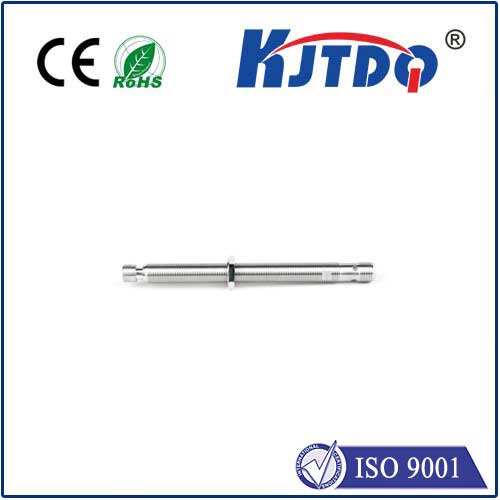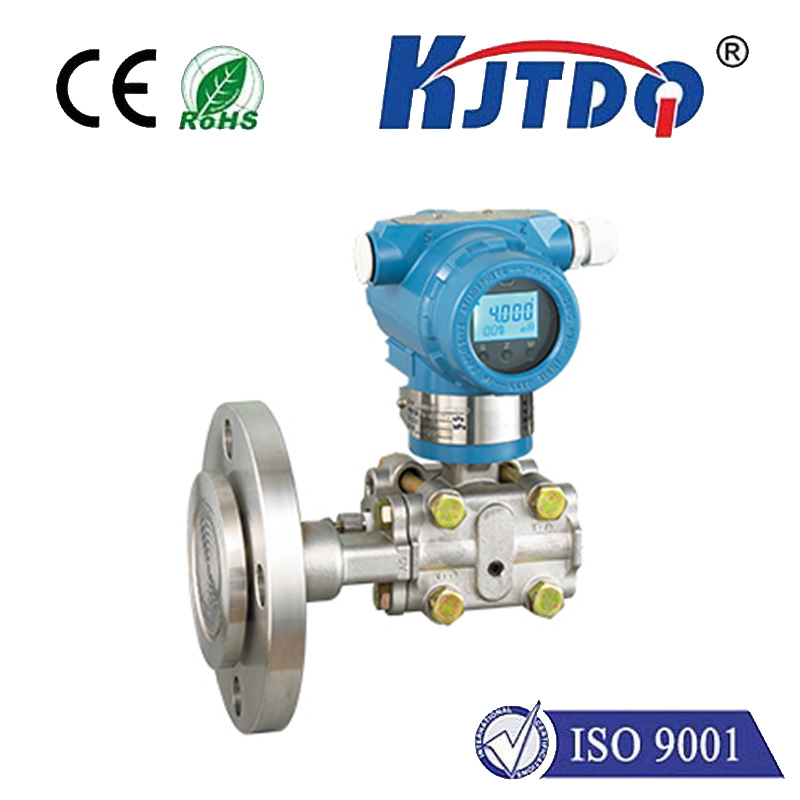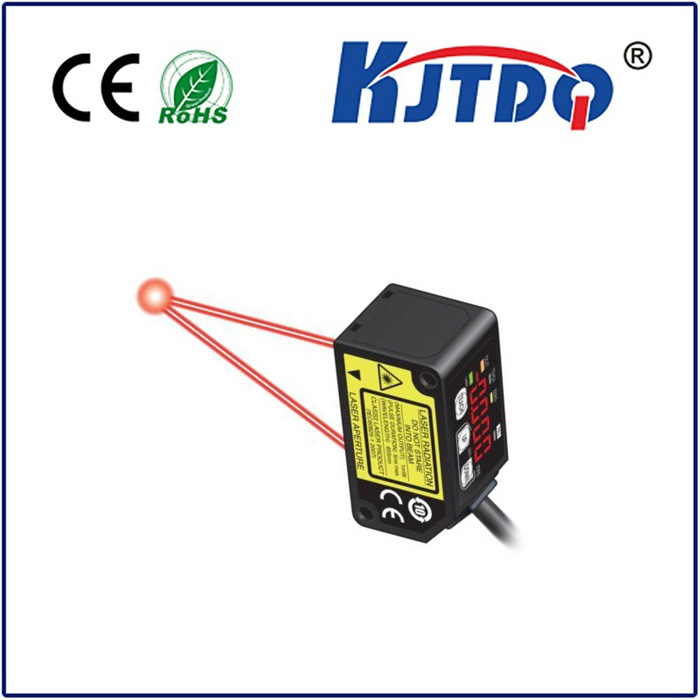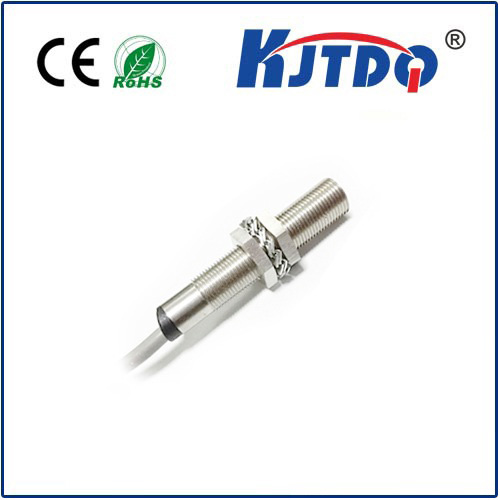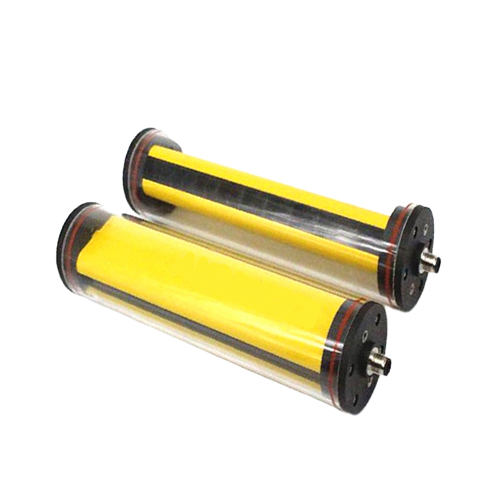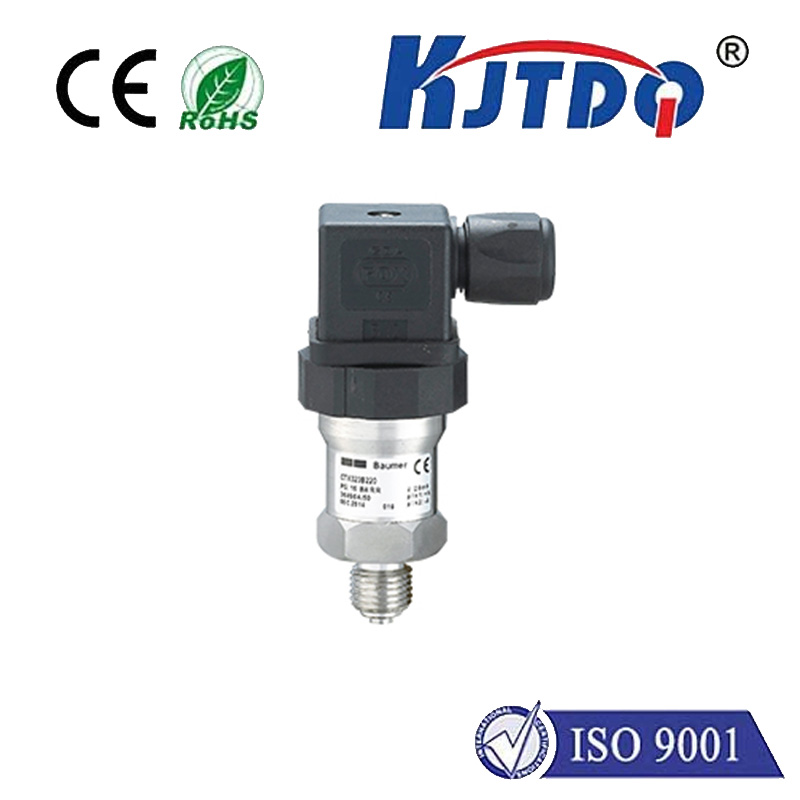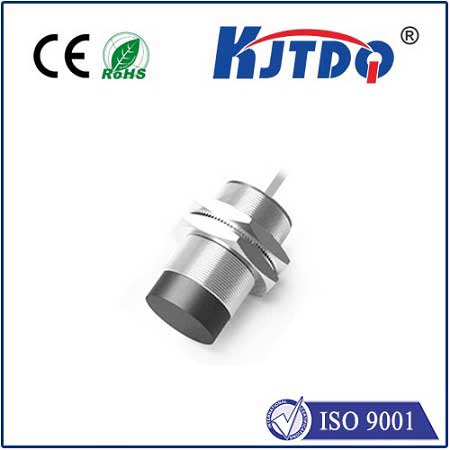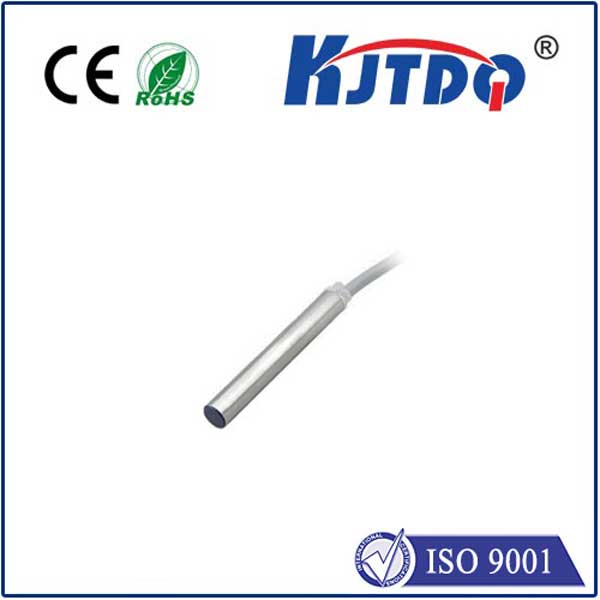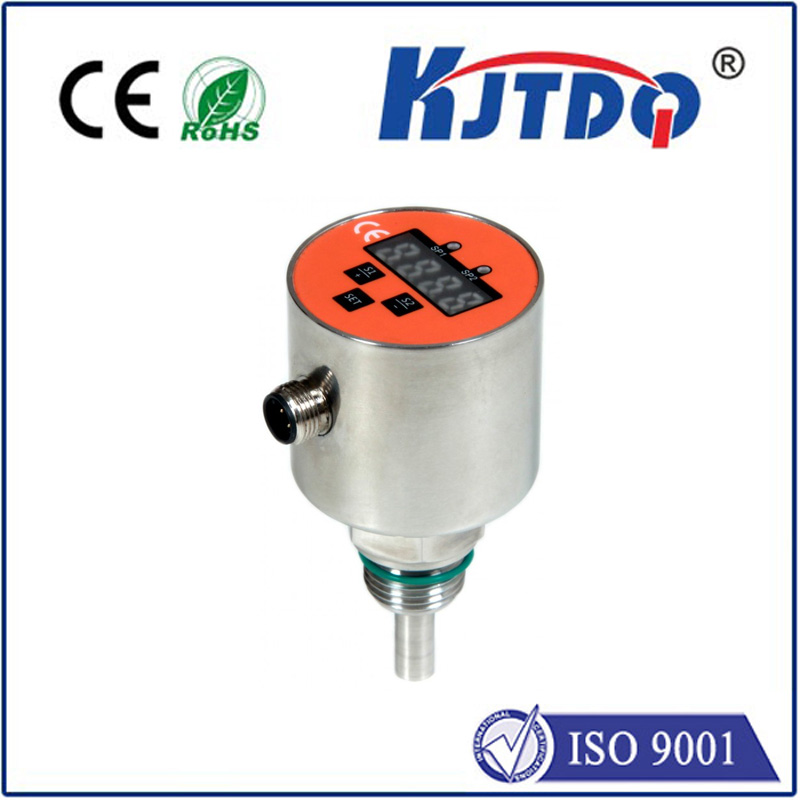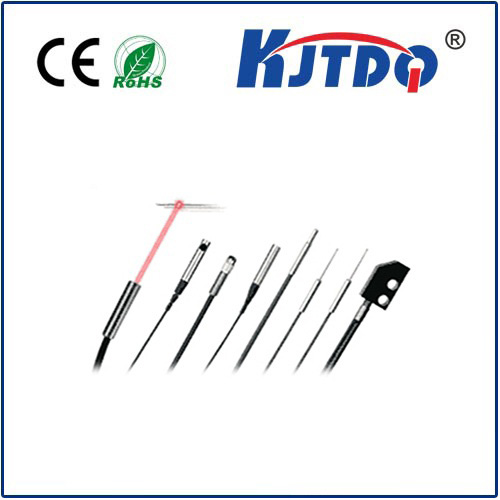BES01WL high pressure proximity sensor
- time:2025-10-13 20:54:31
- Нажмите:0
BES01WL: Unlocking Reliable Detection in High-Pressure Industrial Environments
What happens when standard proximity sensors buckle under the immense forces of modern industry? Imagine critical machinery in hydraulic systems, heavy presses, or deep-sea equipment grinding to a halt simply because a sensor couldn’t withstand the crushing pressure surrounding it. This is precisely the challenge the BES01WL High Pressure Proximity Sensor is engineered to overcome. Designed as a robust solution for environments where pressure is a constant, formidable adversary, the BES01WL ensures stable, non-contact object detection where lesser sensors fail. It’s not just a sensor; it’s a critical enabler of uptime and safety in the most demanding industrial applications.
Understanding the Core: Proximity Sensing Under Pressure
At its heart, the BES01WL employs inductive sensing technology. This means it generates an electromagnetic field from its sensing face. When a metallic target (like a piston rod, valve stem, or machine component) enters this field, it induces eddy currents within the target. The sensor detects this change in the field’s properties, triggering its output signal (typically a switch to ON or OFF state). This non-contact principle is key to its longevity and reliability, as there’s no physical wear from touching the target.
However, the defining characteristic of the BES01WL sensor is its exceptional pressure tolerance. Standard inductive proximity sensors are designed for atmospheric pressure conditions. When deployed inside pressurized chambers, hydraulic cylinders, or deep underwater housings, the immense external force can:
- Compromise Seals: Causing leaks, ingress of fluids (like hydraulic oil), and eventual sensor failure.
- Deform Sensor Housings: Altering the internal geometry critical for the electromagnetic field, leading to erratic detection or complete malfunction.
- Damage Internal Electronics: Crushing sensitive components not rated for such forces.
The BES01WL Difference: Built for the Crush

The BES01WL high pressure proximity sensor is specifically constructed to resist these destructive pressures. Key features typically include:
- Robust, Pressure-Rated Housing: Constructed from high-strength stainless steel or similarly resilient materials designed not to deform under extreme pressure loads. Ratings often range significantly, commonly reaching 400 bar or even 600 bar (5800 to 8700 psi), making it suitable for most demanding hydraulic and pneumatic systems.
- Advanced Sealing Technology: Utilizing multiple high-performance seals (like specialized O-rings) and meticulous manufacturing techniques to ensure absolute hermetic sealing. This effectively prevents the ingress of pressurized fluids or gases into the sensor’s internal chamber.
- Optimized Sensing Face Design: Engineered to maintain the integrity and stability of the electromagnetic sensing field even when the housing is subjected to high external pressure, ensuring consistent switching performance.
- High Protection Rating (e.g., IP67, IP68, IP69K): Alongside pressure resistance, these sensors are typically highly resistant to dust and water ingress, adding to their overall durability in harsh industrial environments.
- Reliable Electrical Connections: Usually featuring a durable cable or M12 connector designed to withstand vibration and harsh conditions common where high pressures exist.
Where the BES01WL Proximity Sensor Proves Indispensable
This sensor thrives in applications where pressure is not just present, but a dominant environmental factor:
- Hydraulic Systems: Monitoring piston position within hydraulic cylinders (rod sensing), detecting valve spool position, or confirming the open/closed state of valves under significant system pressure.
- Pneumatic Systems: Position detection in high-pressure pneumatic cylinders or valve actuators.
- Presses & Forming Machines: Detecting die position, ram presence, or tooling status within the confines of high-tonnage equipment. Reliable detection here is paramount for safety and process control.
- Subsea & Marine Applications: Equipment operating at depth where external hydrostatic pressure is immense. The BES01WL provides critical feedback on actuator positions or valve states.
- High-Pressure Pumps & Compressors: Monitoring component position or confirming operational status within the pressurized zones.
- Oil & Gas Processing: Detection tasks within pressurized pipelines, valves, or drilling equipment components.
Selecting and Implementing the BES01WL
Choosing the right датчик приближения высокого давления requires careful consideration:
- Pressure Rating: This is paramount. Ensure the sensor’s maximum rated pressure significantly exceeds the worst-case operating pressure in your application, including potential pressure spikes. Never select a sensor rated at or near your system’s maximum operating pressure.
- Target Material: Inductive sensors require ferrous metals (iron, steel) or specific non-ferrous metals (brass, aluminum, copper) depending on the sensor type. Verify compatibility with your target.
- Sensing Distance: Ensure the rated sensing distance meets the physical requirements of your setup.
- Output Type: PNP vs. NPN transistor outputs, NO (Normally Open) vs. NC (Normally Closed), depending on your control system requirements.
- Electrical Connection: Cable length/material or connector type (e.g., M12) need to match your installation environment and connection points.
- Temperature Range: Ensure the sensor operates reliably within your application’s ambient and process temperature extremes.
- Chemical Compatibility: Verify the housing material and seals are resistant to any fluids (oil, coolant, seawater, chemicals) they might encounter.
Installation must follow best practices. Ensure the sensing face is properly aligned with the target path. Use recommended mounting hardware and torque specifications to maintain the housing’s integrity and sealing performance. Protect cables from abrasion and excessive bending, especially near the sensor entry point.
Why Reliability Under Pressure Matters: The Tangible Benefits
Investing in a robust sensor like the BES01WL translates into concrete operational advantages:
- Reduced Downtime: By failing under pressure, standard sensors cause unexpected machine stops. The BES01WL’s resilience minimizes these costly interruptions.
- Lower Maintenance Costs: Its exceptional durability and sealing mean fewer replacements and less time spent diagnosing sensor-related issues.
- Enhanced Process Consistency & Quality: Reliable position detection ensures machine cycles operate as programmed, leading to consistent product output. Unreliable sensors cause process variations.
- Повышение безопасности: Accurate detection of machine component positions is often critical for safety interlocks and preventing hazardous situations. A sensor failure can compromise this protection.
- Longer Service Life: Engineered for harsh conditions, the BES01WL typically offers a significantly longer lifespan than standard sensors in high-pressure environments, providing a better return on investment.
Выводы
In the relentless world of industrial

